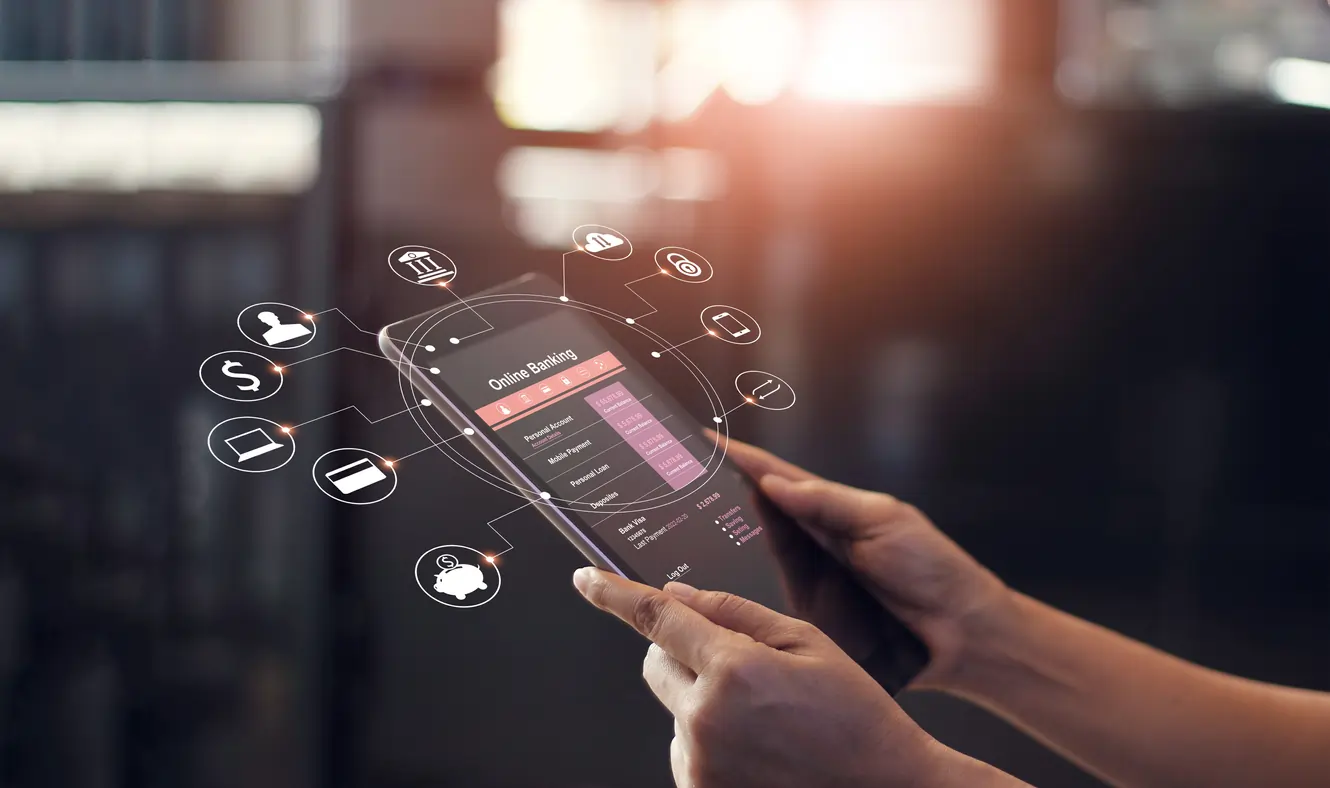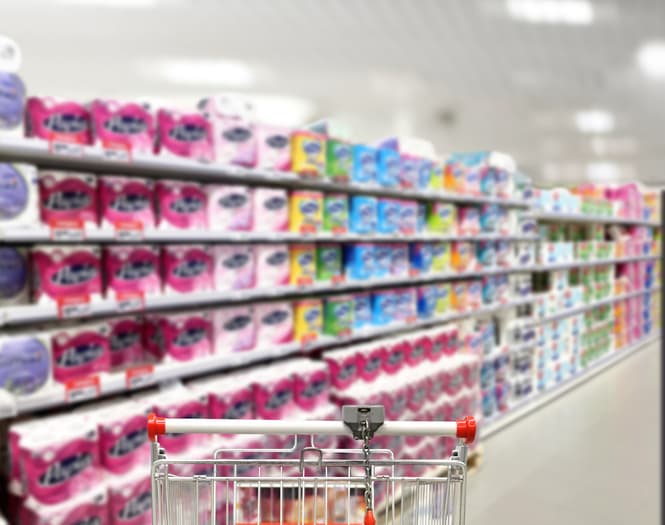

My name is Yune, and I am a co-founder at Comfort Space Co., the inventor of Prone Cushion, the world’s first ergonomic cushion for lying on your stomach. I would like to share the journey of defining unique market demands to develop a product that not only solves existing problems but also brings financial success to the e-commerce industry.
Reasonings behind an Idea: Begin with “Why”
The essence of any successful product begins with a personal or consciously visible problem that you actually feel and understand. In our case, the uncomfortable experienced while lying on the stomach was a tangible problem that had no good enough solutions on the market. This observation led us to ask ourselves “why”—why do people suffer from this, and why would people care if we make a solution?
By focusing on this “why,” the reasonings, and understanding behind the current
problem, we confirm that our product exists to solve real problems, not just exist as a random item. This approach is crucial because it shapes the authenticity and purpose of the product and any related actions behind it, aligning it with genuine consumer needs, which will eventually reflect in the sales in the market.
From concept to prototype: The development process
Engaging with Industry Experts
At Comfort Space Co., we believe that great collaboration and communication with an industry expert leads to great success; for physical goods like Prone Cushion, designers, and other experts that back the design have been crucial and played major roles. Initially, we worked with freelance designers, which provided flexible work hours and cost-effectiveness, a great fit for smaller startups like us. However, as the product’s-complexity increased, so did the necessity for close collaboration and real-time communication. We switched to having an in-house designer which enhanced our design efficiency significantly.
For instance, in developing our first product, the Prone Cushion—an ergonomic device for lying on your stomach—we initially designed it without full anatomical expertise. As a result, we had to later consult a physician to revise anatomical designs, a process that added difficulty because both the designer and the physician were external consultants and couldn’t easily collaborate. This lack of direct interaction led to numerous design revisions, making the development process lengthy and inefficient. Although outsourcing to specialized designers worked eventually, having an in-house team can significantly streamline and improve efficiency, potentially tripling our productivity. for
any major parts of your business, we would recommend having an industry expert within your team, who, in our case was a product designer.
Operational efficiency in product development
Managing the gap times efficiently between different stages of product development was crucial. This proactive approach to operations and management allowed us to execute our development process efficiently without spending too much time, human resources, and budgets being wasted.
Make effective use of time gaps. Instead of waiting for one task to be completed before starting others, keep moving forward unless all the next tasks require current work as a prerequisite. Operational efficiency is crucial in business. No matter how great your product is, how you manage time, resources, and personnel is what truly counts. From experience until now, I would like to emphasize developing the product is just 10% ofthe effort; the remaining 90% is all about execution, and even for us, we are in the process of fulfilling that 90%, operational excellence. Please think of your business as
cooking a fine dish; a good product is like a high-quality ingredient, but operational skills determine how well that ingredient is mixed and used to create a fine dish. Remember,at this stage, you don’t even have the final product. So be ready for a lot of things; even
when focusing on the development of the product, do not miss on the efficient
operations of all the processes.
Testing the products and validating the market demand
Most of the prototyping process will be done with the manufacturer, more so if you are building a novel or unconventional product, as they need to have the capability to build one at an affordable cost. Consulting with your manufacturer is essential, especially as your ideas can pose bigger challenges when being prepared for mass production. It is highly likely that you might need to modify your designs to align with manufacturing capabilities and standards while keeping costs low.
Once the final design is ready, for most physical goods, I would best recommend launching your product through a crowdfunding platform, Kickstarter. This can be an effective way to gauge demand, gain feedback, and secure funding for mass production. For marketing and advertising the product, we would best advise partnering with an advertising agency experienced in similar products, or handling it yourself if you have expertise in storyboarding, and filming, and have experience in various marketing activities. Even when working with agencies, you know your product the best, and it is
important to stay actively involved and ensure their marketing activities align closely with what you would like to highlight about your product.
Launching your product: the debut of your effort in the market beyond
Kickstarter: the first proof and validation of your efforts so far
Launching the Prone Cushion on Kickstarter was our next move, and is the way that we recommend the best for first-time creators. provided us with the necessary visibility and initial funding. Crowdfunding platforms such as Kickstarter are ideal for novel products as they allow creators to define consumer interest, and receive feedback from the highly engaging customers.
Post-Kickstarter: scaling operations and marketing
After a crowdfunding campaign, the real works begin. Initially, you’ll receive various distribution inquiries; collaborate with them as much as possible to boost your product presence and sales channel; upon making a successful campaign, distributors will be willing to launch in different markets mostly at their cost. Make sure to give them a good enough deal so that they are motivated to invest more in the sales activity, while you of course keep a portion of the profit as well.
Post-Kickstarter, real sales challenges start. Regular consumers have different expectations than crowdfunding backers—they’re less patient and more demanding regarding customer service, returns, and general requirements. Therefore, it’s worth noting to not only have your marketing strategies ready, but also sales operations finelytuned, such as setting up the return policy, communication styles with customers, and other terms.
Unlike the crowdfunding stage, you may have a harder time finding your product niche; continuously test your marketing messages and advertisements series to discover what resonates best with your audience. In the early stage, only invest time and money in advertising or activities that directly correlate to increasing sales in the short term, orelse, it is likely that you will take significant financial risks in the early stage, which is why most businesses fail. It’s vital to conserve cash for further expansions or newer developments.
If growth becomes scale or your products have a hard time scaling, try new strategies or gather customer feedback to refine your product or introduce new variants that align with your existing product themes. Remember, effective marketing and efficient operations management are keys to keeping things intact, achieving significant revenue milestones, and finding new ways to scale.
Sustain growth, scale, and innovate
As we reached our revenue milestones, it was crucial to keep the momentum by adapting to market needs and expanding our product range. Feedback from our customers was invaluable in such a process, helping us refine our offerings and explore new product ideas that align with our brand.
Achieving a 7-figure revenue is not just about having a groundbreaking product but also about how we manage our operations, market our product, and continuously engage with our customers to improve and expand lineups. As we anticipate more growth, our journey highlights the impact of innovation, strategic planning, execution, and community engagement with our audience.


